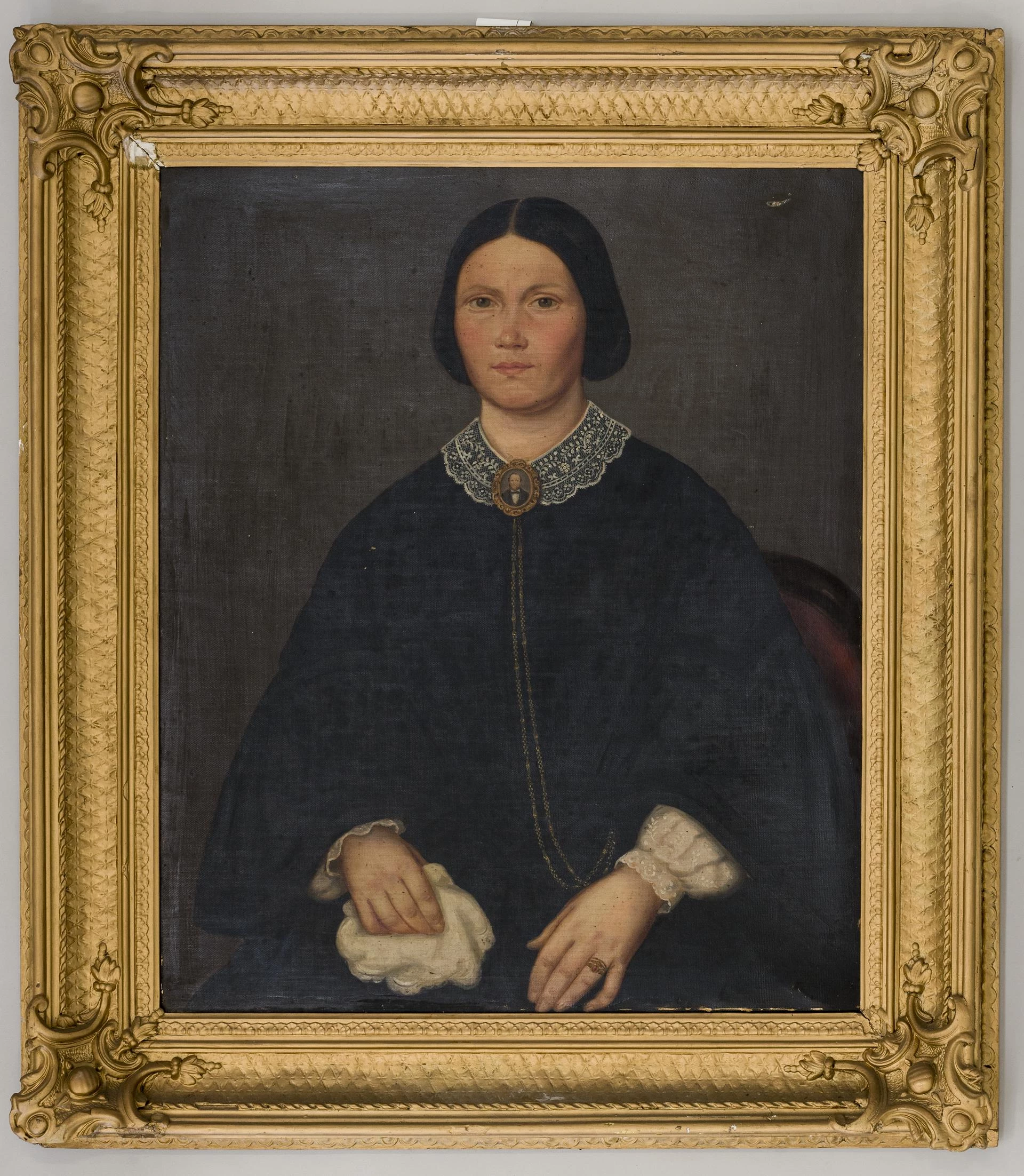Mourning Wear and why it’s due a revival
, 29 Mawrth 2022
About the Author - Lowri is one of the Freelance Young people Programme makers, working with Amgueddfa Cymru on the Winter of Wellbeing project.
The Situation
I’m standing at the Supermarket checkout bagging up copious amounts of nibbles, cakes and booze. The checkout lady says ‘ Ooh are you having a party! You lucky thing!’
Here’s what I should have said:
‘Actually my Dad just died and all of this is for my family and me (mainly me) to drown our sorrows after the funeral. I don’t need to be doing this but I need something to keep me busy or else I would have to deal with my feelings.’ And then I would make a scene by ugly crying while swigging from one of the wine bottles.
And what I actually said:
‘Yes, I’m having a party.’ And then I went back to my car and cried.
This exchange would never have happened if Mourning dress was still a social convention. Of course, I could wear all black but that wouldn't necessarily convey that I had recently suffered a loss, it would just convey that I am chic… or a vampire… or a chic vampire. There aren’t too many old school social conventions that I would want to revive; however, certain parts of formal mourning are, in my opinion, due a revamp.
So, what is traditional Mourning?
After the death of a close family member or friend it has been a tradition for centuries in many parts of the western world to wear black for varying periods of time, to communicate that they have suffered a loss. However, during the Victorian period, Mourning and all the social conventions that went with it, were at their peak. This was for several reasons but the high death rate, rise of the middle classes and the wider availability of reliable Black clothing dyes contributed heavily to its popularity. Queen Victoria herself, was the poster girl for Mourning, famously remaining in mourning and seclusion for many years after her husband, Prince Albert's death.
Mourning conventions varied and were dependent on class, location, religion and relationship to the deceased. For example, an upper class widow could stay in Mourning clothing for several years whereas a working class widow who had not the means for Mourning wear may show no outward grieving at all. The Mourning period also limited which social occasions the Mourner could attend. Dancing and other frivolities were a no go. Those who disregarded the expected conventions could become social outcasts.
What is Mourning wear?






sylw - (1)